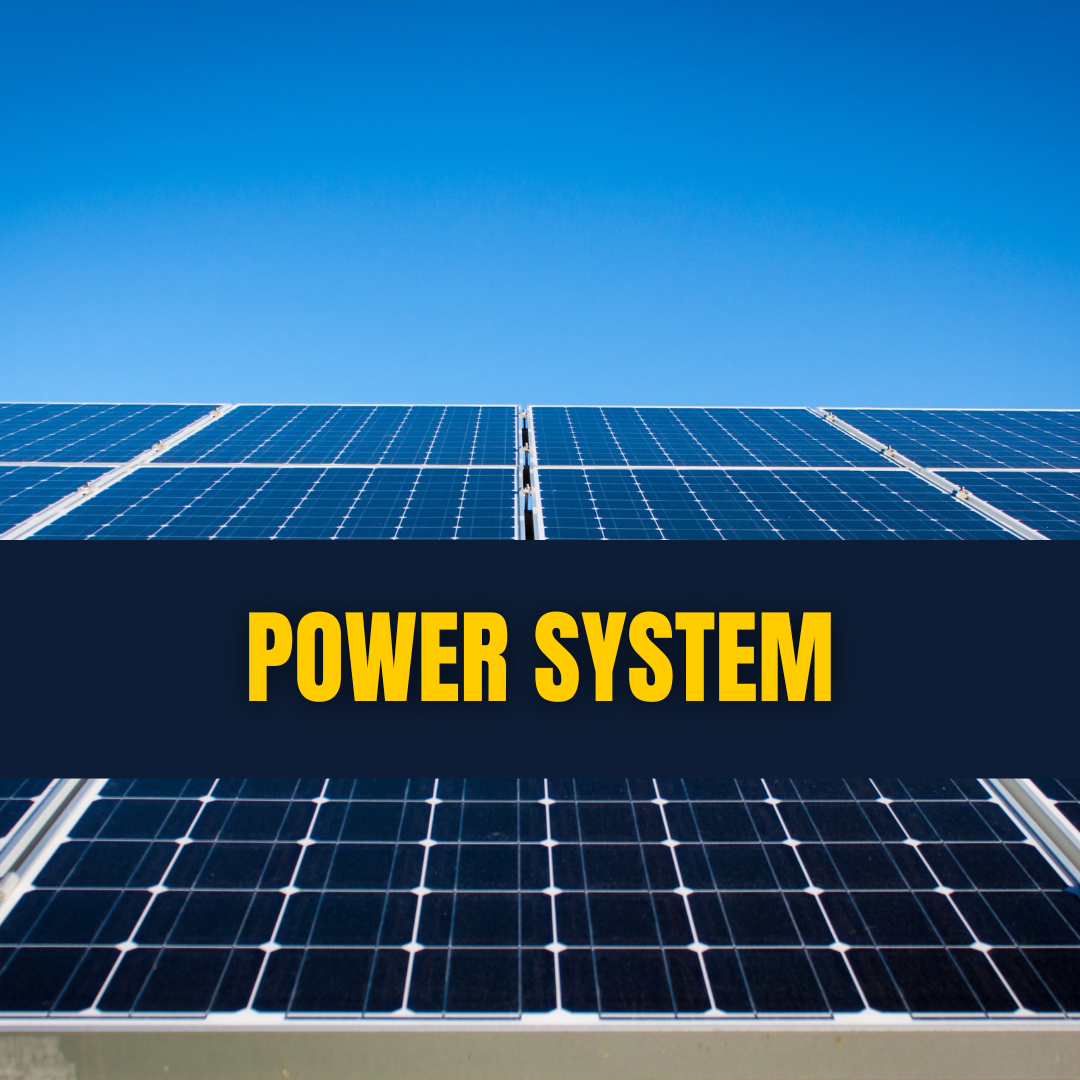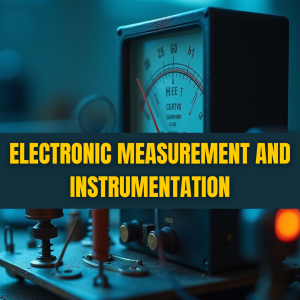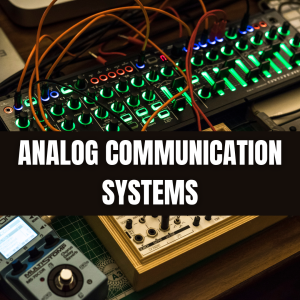Power System
13.98$
About the course
In Power Systems, we will cover the basics of Power System Analysis, Fault Analysis and Load Flow Analysis. We also learn about Transmission and Distribution in detail. Towards the end, we’ll study about Underground Cables and Protection Mechanisms for Power Systems.
What will you learn?
The complete online syllabus of this course comprises 6 Learning Modules | 129 Topics of Learning | 6.45 Hours of Learning | 40 Assessments
Module
- Basic Analysis of Power System
- Fault Analysis
- Load Flow Analysis
- Transmission and Distribution
- Underground Cables
- Protection of Power System
Topics of Learning
- Modeling of synchronous machine
- Transmission lines
- Single line Diagram
- Per Unit System
- Symmetrical components
- Limitation of Faults
- Percentage of Reactance and Base KVA
- Sequence networks
- Transients in R-L series circuit
- Calculation of 3-phase short circuit current
- Unsymmetrical Faults on 3-phase system
- Sequence Impedances
- Analysis of Line to line (L-L) Faults
- Analysis of Line to Ground (L-G) Faults
- Analysis of double line to ground(LL-G) faults
- Formation of Zbus by Singular Transformation
- Bus Classification
- Nodal Admittance matrix
- Gauss seidel method
- Introduction of Supply System
- AC Supply And DC Supply Scheme
- Comparison of DC and AC Transmission
- Advantage of High transmission voltage
- Various systems of power transmission
- Choice of working voltage for transmission
- Elements of Transmission Line
- Economic choice of transmission voltage
- Radial & mesh distribution networks
- Voltage Regulation
- Main components of overhead lines
- conductor materials
- Line Supports
- Insulators
- Types of insulators
- String Efficiency
- Method of improving string efficiency
- Sag in Overhead Line
- Calculation of Sag
- Some Mechanical Principles
- Introduction of Corona
- Factors Affecting Corona
- Important of Corona
- Constants of a transmission line
- Skin Effect
- Inductance of a single Phase Two-wire Line
- Inductance of a three Phase lines
- Concept of self-GMD and mutual-GMD
- Inductance in terms of GMD
- Use of Bundled conductor
- Transposition of Power lines
- Effect of earth on capacitance of conductors
- Classification of Transmission Lines
- Voltage Regulation
- Transmission Efficiency
- Medium Transmission Lines
- End Condenser Method
- Surge impedance loading
- Series compensation
- Shunt compensation
- Synchronous phase modifiers
- Rating of phase modifiers
- Classification of Cables
- Belted cables
- Screened cables
- Pressure cables
- Direct Laying
- Draw-in system
- Solid System
- Insulating resistance of Single-Core Cable
- Capacitance of 3-Core Cables
- Current Caring Capacity of Underground Cables
- Thermal Resistance of Cable
- Open-Circuit fault
- Short-Circuit Fault
- Earth Fault
- Comparison with Transmission Lines
- Definition and Classification of Sub-Stations
- Definition of Fuses
- Characteristics of Fuse Element
- Fuse Element Materials
- Imporants Terms
- Types of Fuses
- Current Carrying Capacity of Fuse Element
- Introduction
- Operating Principle
- Arc Phenomenon
- Methods of Arc Extinction
- Classification of Circuit Breakers
- Oil Circuit Breaker
- Types of oil Circuit Breaker
- Air-Blast Circuit Breakers
- Types of Air-Blast Circuit Breakers
- Sulpher Hexafluoride(SF6) Circuit Breakers
- Vacuum Circuit Breaker(VCB)
- Switcher gear Components
- Problems of Circuit Interruption
- Circuit Breaker Ratings
- Protective Relays
- Fundamental Requirements of Protective Relaying
- Induction Relays
- Induction Types Overcurrent Relays(Non-directional)
- Induction Types Directional Power Relay
- Induction Type Directional overcurrent Relay
- Distance or Impedance Relays
- Differential Relays
- Translay System
- Types of Protection
- Time Graded Protection
- Differential and Distance Protection of Feeders
- Choice Between Impedance, Reactance and Mho Relay
- Types of Faults on Generator
- Stator and rotor Protection
- Negative sequence Protection
- Protection of Transformer
- Buchholz relay
- Earth Fault or Leakage Protection
- Gas Relays
- Ground Wire OR Grounding
- Rop gap
- Impulse gap
- Valve Types and Metal Oxide Arresters
- Line Arresters/Surge Absober
- Underground neutral system
- Grounded neutral system
- Introduction
- Swing Equation
- Step- by-Step Method
- Factors affecting Transient Stability
- Method of improving system stability




